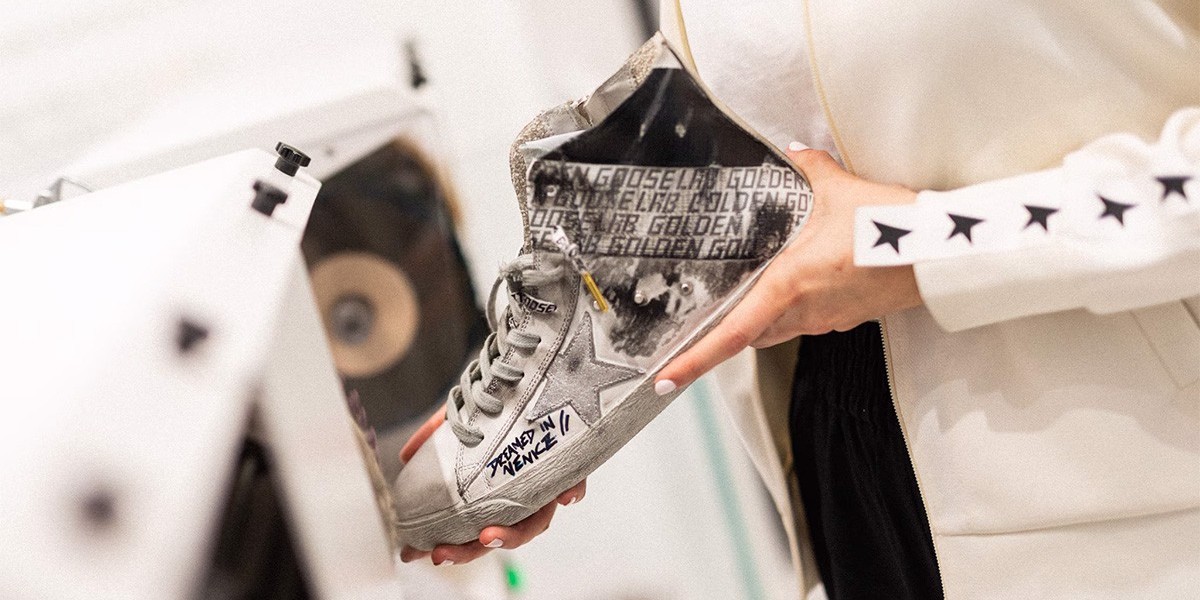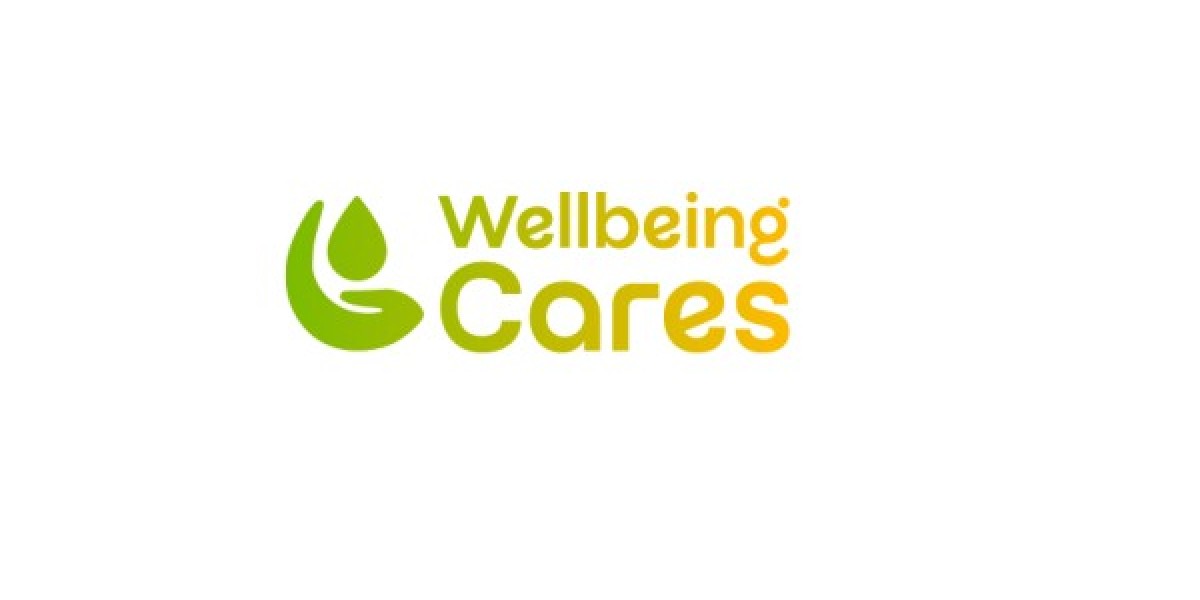Pursue an MBBS in Iran has become an increasingly attractive option for Indian students and other international aspirants seeking affordable yet globally recognized medical education. With its combination of modern infrastructure, experienced faculty, reasonable tuition fees, and exposure to advanced healthcare systems, Iran is establishing itself as a reliable destination for medical studies in 2025. This article provides a detailed guide on the admission process, required documents, and living costs associated with studying MBBS in Iran.
Why Choose Iran for MBBS in 2025?
Iran’s medical universities are gaining global attention due to:
Recognition by the World Directory of Medical Schools (WDOMS), WHO, and many universities being approved by the National Medical Commission (NMC), India.
Affordable tuition fees compared to Western countries and private colleges in India.
High-quality education with an emphasis on clinical exposure and research opportunities.
English-medium programs tailored for international students.
Safe living environment with vibrant cultural exchange opportunities.
Admission Process for MBBS in Iran 2025
The admission process for MBBS in Iran is straightforward but requires timely preparation. Here’s a step-by-step breakdown:
Step 1: Research and Shortlist Universities
Iran has several reputed medical universities such as Tehran University of Medical Sciences, Shiraz University of Medical Sciences, Mashhad University of Medical Sciences, and Isfahan University of Medical Sciences. Students should evaluate:
Tuition fees
Recognition by NMC/WDOMS
Availability of English-medium programs
Location and living conditions
Step 2: Check Eligibility Criteria
The common eligibility criteria for Indian students include:
Minimum 50% marks in Physics, Chemistry, and Biology (PCB) in Class 12 (for general category) and 40% for reserved categories.
NEET qualification (mandatory for Indian students as per NMC guidelines).
Age: The applicant must be at least 17 years old by 31st December of the admission year.
Step 3: Application Submission
Students need to apply directly through the university’s official admission portal or through authorized representatives. The process involves filling out the application form, uploading scanned documents, and paying the registration fee.
Step 4: Offer Letter and Confirmation
Once the application is reviewed, eligible candidates receive a conditional offer letter or an admission confirmation from the university.
Step 5: Visa Application
After securing admission, students must apply for a student visa at the Iranian Embassy or Consulate. The visa process usually takes 3–4 weeks, so it is advisable to apply early.
Step 6: Travel and Orientation
On receiving the visa, students can make travel arrangements to Iran. Universities often provide orientation programs to help international students settle into the new academic and cultural environment.
Required Documents for MBBS Admission in Iran
To complete the admission process successfully, students must prepare a comprehensive set of documents. The list typically includes:
Academic Documents:
Class 10 and 12 mark sheets and certificates
NEET scorecard (for Indian students)
Identity and Travel Documents:
Valid passport (minimum 18 months validity)
Passport-sized photographs (as per university requirements)
Application Documents:
University application form
Admission offer letter from the university
Financial Proofs:
Bank statements of parents/sponsors
Affidavit of financial support (if required)
Medical and Other Documents:
Medical fitness certificate
HIV test report
Migration certificate
Police clearance certificate (if required by the embassy)
Preparing these documents in advance ensures smooth processing and avoids last-minute delays.
MBBS Course Duration and Structure in Iran
The MBBS course in Iran typically lasts 6 years, including:
5 years of academic study covering pre-clinical, para-clinical, and clinical subjects.
1 year of compulsory internship/clinical rotation in affiliated hospitals.
The medium of instruction is generally English for international students, though some universities may include Persian language training for clinical practice.
Living Costs While Studying MBBS in Iran 2025
One of the biggest advantages of studying in Iran is the affordable cost of living compared to other MBBS destinations. Let’s break it down:
1. Accommodation
University hostels: USD 500–800 per year (₹40,000–65,000 approx.)
Private apartments: USD 150–300 per month depending on city and sharing basis.
2. Food and Meals
On-campus cafeteria meals: USD 2–3 per meal
Monthly grocery and food expenses: USD 100–150 (₹8,000–12,000)
3. Transportation
Public transport (metro, buses): USD 10–15 per month
Taxi rides within the city: Affordable compared to Western countries.
4. Other Expenses
Internet and utilities: USD 30–40 per month
Health insurance: USD 50–100 per year
Personal expenses: USD 50–100 per month
Total monthly living cost for a student in Iran ranges from USD 250–400 (₹20,000–32,000).
Comparison of MBBS Fees in Iran with Other Countries
| Country | Average Tuition Fees (per year) | Living Cost (per month) | Medium of Teaching |
|---|---|---|---|
| Iran | USD 3,500 – 6,000 | USD 250 – 400 | English/Persian |
| Russia | USD 4,000 – 7,000 | USD 300 – 500 | English/Russian |
| Uzbekistan | USD 3,000 – 5,000 | USD 200 – 300 | English/Russian |
| Nepal | USD 5,000 – 7,500 | USD 250 – 400 | English |
| India (Private) | USD 10,000 – 25,000 | USD 300 – 500 | English |
This shows Iran offers a balanced combination of affordable tuition and low living costs, making it a competitive choice for Indian students.
Scholarships and Financial Aid
Some Iranian universities offer scholarships for international students based on academic performance or merit. These may include:
Partial tuition fee waivers
Accommodation discounts
Research-based scholarships
Students are encouraged to check directly with their chosen university for updated scholarship options in 2025.
Career Prospects After MBBS in Iran
After completing MBBS in Iran, students have several career options:
Appear for FMGE/NExT in India to practice medicine.
Pursue post-graduation (MD/MS) in Iran, India, or other countries.
Apply for medical licensing exams like USMLE (USA), PLAB (UK), or other international boards.
Explore opportunities in clinical practice, research, or teaching in reputed medical institutions.
Conclusion
Studying MBBS in Iran in 2025 offers Indian students an excellent opportunity to pursue a world-class medical degree at affordable costs. The admission process is straightforward, provided students prepare the required documents in advance. With manageable living costs, globally recognized degrees, and strong clinical exposure, Iran is emerging as one of the top choices for students seeking medical education abroad.
By choosing Iran, students not only secure a high-quality education but also benefit from cultural enrichment and professional growth opportunities, setting the foundation for a successful medical career.












